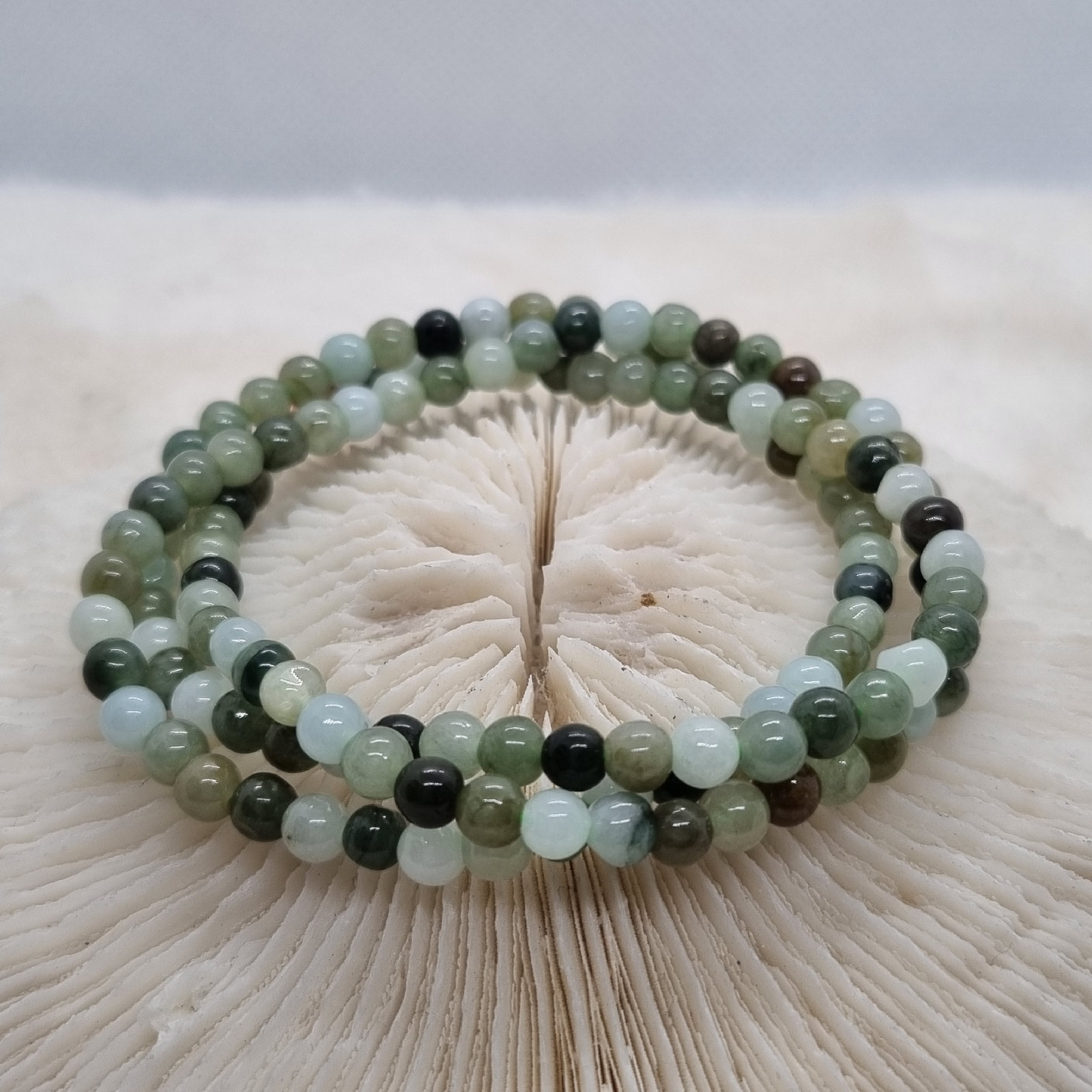Moonstone is a beautiful and mystical gemstone known for its unique optical phenomena called adularescence, which gives it a distinctive shimmering effect resembling the play of light on water.
 |
| Photo owner: Auralene |
Here is some more information about moonstone:
Appearance: Moonstone is typically colorless or milky white, although it can also come in shades of gray, peach, and even bluish hues. Its most distinctive feature is its adularescence, which appears as a soft glowing light that moves across the surface when the stone is moved.
Mineral Composition: Moonstone is primarily composed of a type of feldspar mineral called orthoclase. The adularescence effect is caused by the scattering of light between microscopic layers within the stone.
Varieties: Moonstone comes in different varieties, with the most common being rainbow moonstone, which displays a range of colors when it catches the light. Other varieties include blue moonstone, white moonstone, and peach moonstone.
Lore and Mythology: Moonstone has been surrounded by folklore and mythology for centuries. In many cultures, it has been associated with the moon and its cycles, often considered a symbol of feminine energy and intuition. In some traditions, it's believed to bring good fortune.
Metaphysical Properties: In metaphysical and spiritual practices, moonstone is thought to have various properties, including enhancing intuition, promoting emotional balance, and aiding in personal growth. It's also sometimes used for meditation and enhancing one's connection to the subconscious mind.
Jewelry: Moonstone is a popular choice for jewelry, including rings, necklaces, earrings, and bracelets. It's often used in bohemian and vintage-style jewelry due to its ethereal appearance.
Care and Cleaning: Moonstone is relatively soft, with a hardness of around 6 to 6.5 on the Mohs scale. It should be handled with care to avoid scratches and kept away from harder materials. Cleaning should be done with mild soap and lukewarm water, avoiding harsh chemicals.
Birthstone and Zodiac: Moonstone is considered the birthstone for the month of June. It's associated with the zodiac signs Cancer, Libra, and Scorpio.
Moonstone is a gemstone appreciated not only for its aesthetic beauty but also for its mystical and spiritual qualities. Many people find its gentle energy and unique appearance captivating, making it a popular choice for both jewelry and metaphysical practices.





















%20-%20Black%20rutilated%20quartzose%20jade%20-1a.jpg)





